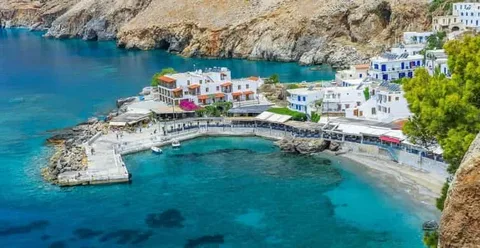To many, Krakow is a city of majestic squares, Gothic towers, and the rhythmic rattle of trams along cobbled streets. It’s a place where centuries-old cathedrals and medieval legends coexist with vibrant student life and cozy cafés tucked into Baroque courtyards. While the grandeur of Wawel Castle and the haunting corridors of Auschwitz deserved attention, there is another Krakow—quieter, quirkier, and often overlooked by the casual visitor. It’s in this shadowy, story-rich version of the city that Krakow reveals its truest character.
Beyond the postcard views and tour groups lies a labyrinth of hidden chapels, forgotten gardens, and art-filled basements waiting to be discovered. For those seeking a more intimate journey, Krakow holidays can offer more than mainstream sightseeing; they open doors to quiet streets where local life hums and history isn’t just remembered—it’s still alive. Just ten minutes’ walk from the bustling Rynek Główny, you can find Nowy Świat, a neighborhood steeped in artistic counterculture and filled with small galleries, alternative bookshops, and tucked-away vegan cafés. Those who choose all-inclusive holidays to Krakow can explore the city’s lesser-known gems without sacrificing ease.
This side of Krakow doesn’t always make it into standard itineraries, but curated experiences through trusted providers like Travelodeal are making it easier to combine cultural immersion with comfort. Whether it’s the ethereal sculptures of St. Francis’ Basilica or the underground marvels of the Rynek Museum, well-planned Krakow holidays can bring these offbeat spots into the light—allowing travelers to fall in love with a side of the city even many locals are still rediscovering.
Lost Art & Sacred Silence: Krakow’s Underground Sanctuaries
While the grandeur of St. Mary’s Basilica often steals the spotlight, a world of sacred spaces hides beneath the surface. One such marvel is the Church of St. Joseph in Podgórze. Tucked into a residential quarter and wrapped in Gothic Revival beauty, this church rarely sees large crowds. Inside, hand-carved wooden altars glow in low candlelight, and time seems to slow to a whisper.
Equally intriguing is the Rakowicki Cemetery—more sculpture garden than burial ground. Overgrown with ivy and draped in mystery, it offers a poetic journey through Poland’s artistic and political past. Many of Krakow’s most influential poets, painters, and thinkers are buried here, each tomb a chapter of the city’s intellectual legacy. It’s a quiet stroll worth taking, especially for lovers of forgotten corners and untold tales.
From Kazimierz’s Courtyards to Liban Quarry’s Shadows
Kazimierz may be known as the Jewish Quarter, but step off the main drag and you’ll find sun-dappled courtyards filled with eclectic furniture, abstract murals, and tiny bars playing vinyl jazz into the night. In the summertime, these spaces transform into communal living rooms, each telling a different story of resistance, rebirth, or simply the joy of sharing a drink with strangers.
Further afield lies one of Krakow’s most eerie and little-visited gems—the Liban Quarry. Once a labor camp during WWII and later a movie set for Schindler’s List, the site has been left to nature. Crumbling ruins peek through greenery, rusted machinery lies abandoned, and the silence is heavy with memory. For those willing to explore, it’s a haunting, unforgettable space—far removed from souvenir stalls and guided tours.
Modern Krakow, Intimate Moments
Even amid Krakow’s newer developments, there’s intimacy to be found. The Manggha Museum, for instance, offers sleek exhibitions of Japanese art with views of Wawel Castle reflected on the river. Across the Vistula, quirky little wine bars and design studios sprout inside old industrial buildings. Here, the future of Krakow is being quietly shaped—creative, resilient, and deeply rooted in its past.
So next time you wander this Polish gem, skip the obvious for a while. Behind every courtyard and beneath every stone, Krakow keeps a few secrets waiting just for you.












Leave a Reply